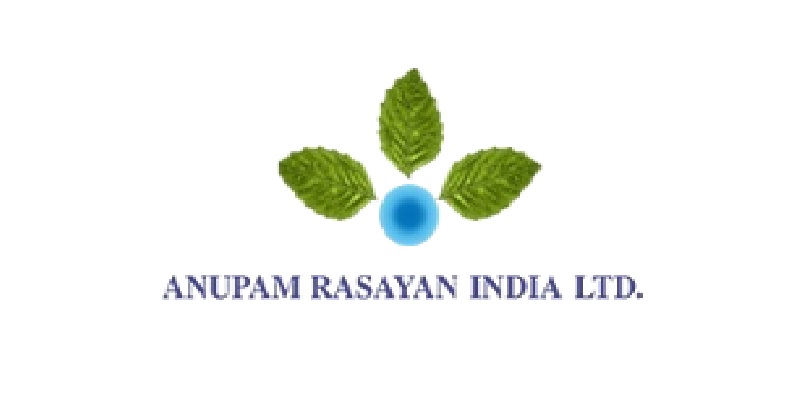Schedule a Call Back
Defence and aerospace sits at the heart of modern technology
 Technical Articles
Technical Articles- Jun 01,18

Related Stories
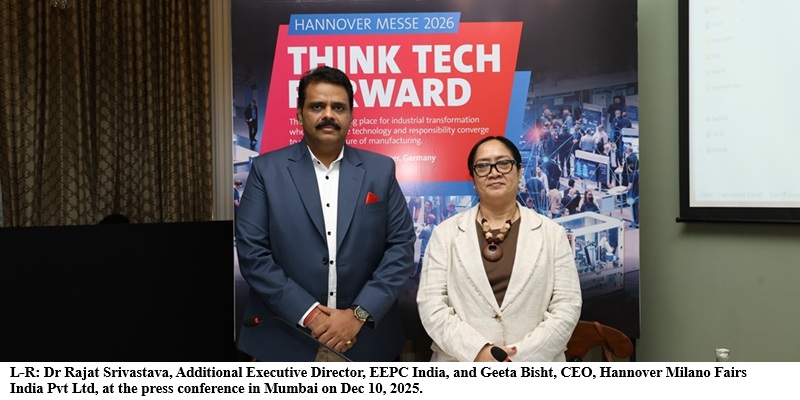
Hannover Messe 2026 to focus on automation & digitalization, adds Defense Area
At the upcoming Hannover Messe, AI will be a recurring theme throughout all the halls, and will play a central role on almost all stands.
Read more
India’s demand for high-precision machine tools is rising: K Balasubramaniam
In this interaction with Rakesh Rao, K Balasubramaniam, Founder, Tsugami Precision India, discusses the evolving machine tools landscape and the company’s role in shaping India’s manufacturing t..
Read more
TIL Limited Secures Rs 2 Bn Orders from CONCOR and Indian Armed Forces
These orders validate our dual capability to serve both India's commercial infrastructure expansion and critical defence requirements with equal engineering excellence.
Read moreRelated Products
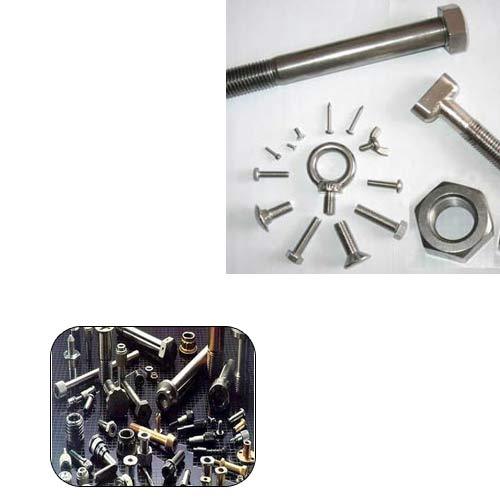
Fasteners for Automobiles
Bagadia Industrial Fasteners offers a wide range of fasteners for automobiles.
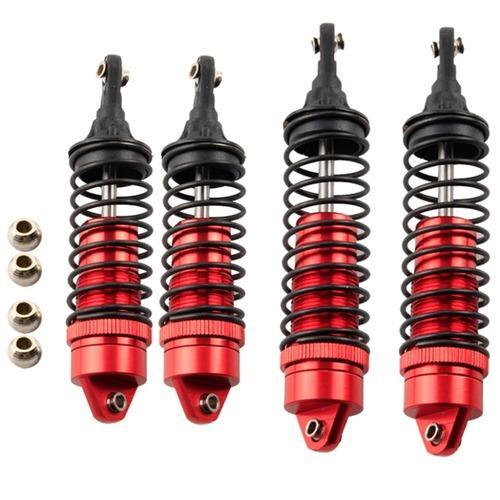
Automotive Shock Absorbers - Auto Parts
TMA International Private Ltd. has export comprehensive range of shock absorbers.
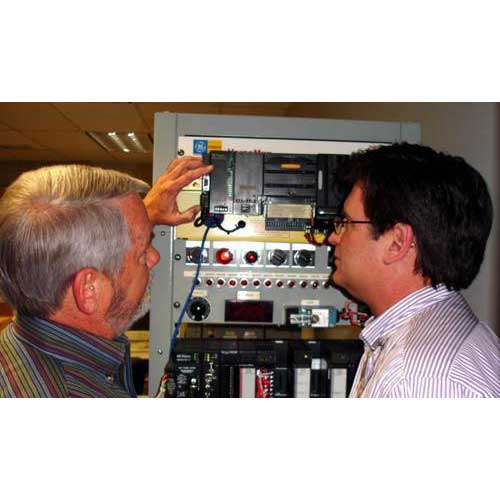
Factory Automation Service
Frontline Technologies offered factory automation services.





